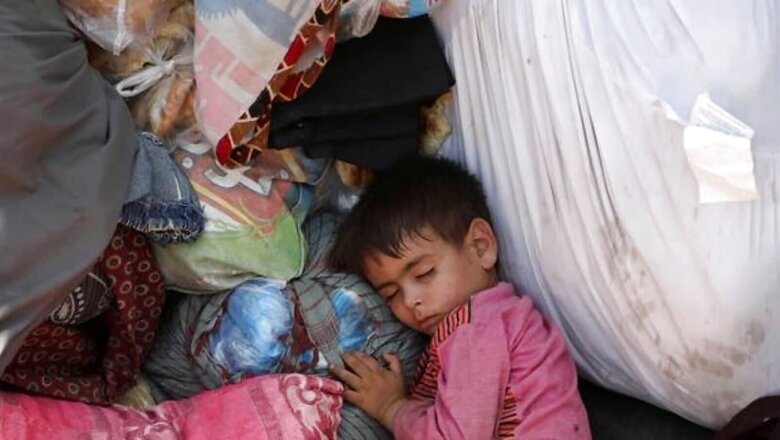
views
Taliban has been trying to portray a cleaner image in the international diaspora, attempting to wash its hands off the militant group’s infamous last regime. While the discussion largely seems to be about women’s safety and rights, experts have also pointed out the possible detrimental effects on education.
According to a working paper by Centre for the Study of Armed Groups named ‘Taliban attitudes and policies towards education’, published in February this year, since 2009, Taliban policy has been formally against attacks on education and the closure of schools. The current policy emphasises keeping schools open and maintaining access to education – unless there is a compelling reason to close them.
However, in the Taliban’s view, if an enemy combatant occupies an educational facility, it loses its protected status and becomes a military object, and can be attacked.
This is consistent with other Taliban public statements regarding schools and the protection of education staff. There are also indications that, with school closures during the Covid-19 pandemic, the occupation of (closed) schools by combatants has increased.
It also appears that the Taliban considered schools used as polling stations in elections as legitimate targets for attack. For example, during the 2018 parliamentary elections, the UN reported 92 election-related incidents affecting education, most of them attributed to the Taliban (UNAMA Human Rights, 2019).
In 2019, when presidential elections were held, the UN recorded 21 incidents of election-related violence affecting schools, without specifying who was responsible (UNAMA Human Rights, 2020).
The UN, New York Times and Human Rights Watch, among others, have also documented instances where insurgents are alleged to have attacked, threatened or closed schools.
Since 2002, in cities under Afghan government control, millions of Afghan girls have gone to school and Afghan women have participated in public life, including holding political office, in greater numbers than ever before in Afghanistan’s history.
Yet these gains are partial and fragile even in government-controlled areas. While government efforts and donor-funded programs led to a dramatic rise in the numbers of girls in school, with millions enrolled in the initial years after 2002, the number of girls in school nationwide began to drop after 2014, due to factors including rising insecurity, discrimination, corruption, and diminished funding.
Research by Human Rights Watch and others demonstrates a rising demand for education in Afghanistan, including a growing acceptance in many parts of the country that girls should study. NGOs that support “community-based education”—schools located in homes in students’ communities—have often been more successful in enabling girls to go to school in areas where they would not have been able to attend government schools because of insecurity, family resistance, and community restrictions. But the government’s failure to integrate these schools into the state education system, combined with inconsistent funding for these schools, has deprived many girls of education.
Although the Taliban officially state that they no longer oppose girls’ education, very few Taliban officials actually permit girls to attend school past puberty. Others do not permit girls’ schools at all.
In some districts, the Taliban have imposed “taxes” on teacher salaries and threatened teachers and residents whose relatives teach in schools in nearby government-controlled areas.
Taliban officials have claimed that the differences in access to education between districts and provinces are due to security issues and varying levels of acceptance of girls’ education within the communities themselves.
Read all the Latest News, Breaking News and Assembly Elections Live Updates here.














Comments
0 comment